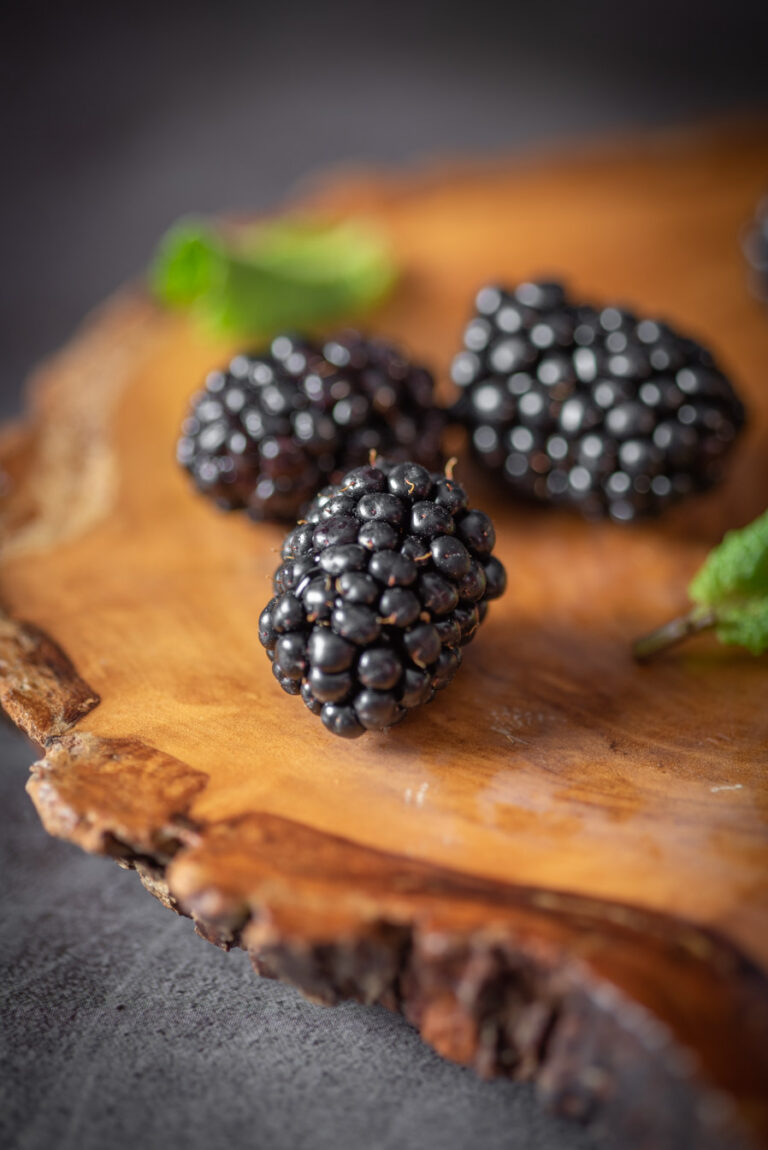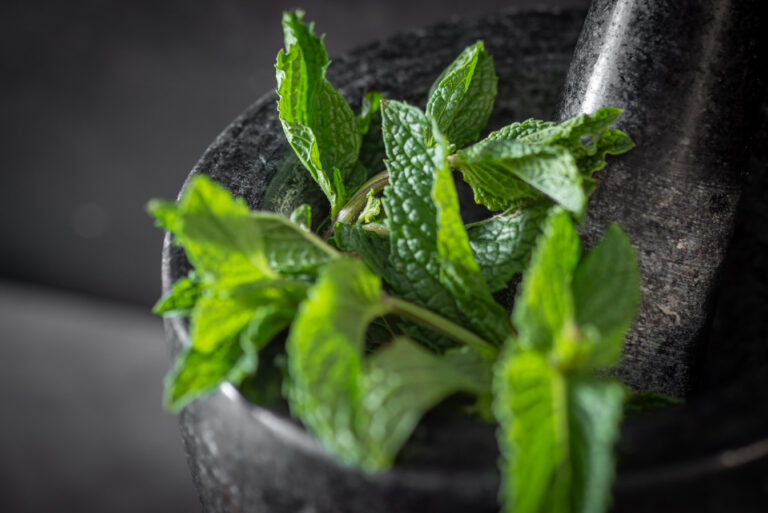I recently bought a Sigma Macro Lens for my full-frame camera. I bought the Sigma 105 mm macro lens because I wanted that cropped and more accurate eye look. With macro lenses, you say goodbye to distorted images, which is helpful when taking drink and food photos. You have an image 1:1 magnification ratio. For example, you won’t have a crooked look of a bottle. Instead, you will have stunning close-up shots with excellent detail quality.
I was inclined to buy the Sigma lens for my Nikon because I read it was good and wanted to check it out, and also because I was also biased by other food photographers telling me that a macro lens is a must. At first, I checked the Nikon 105 mm Macro Lens, but it was almost double the price of the Sigma lens. I checked all the reviews I found about Sigma, and they all said it was a great lens for food subjects.

This will be my sincere review after three 5 months of intense use and becoming the right lens for me.

This macro lens is much better for straight-on or 3/4-angle shots. It is not a lens I would grab as my first choice for overhead shots because I will need to stage my scene on the floor and put the camera on a very tall tripod to catch the scene. If you are comfortable shooting on the floor, this could be the lens you can use for all your food photography without a problem. I prefer other types of lenses for the overhead shot, like my 50mm prime lens or my 24-70mm f 2.8 zoom lens for the overhead shoots. Everything is a personal preference, so you choose what suit you better.
The macro lens is becoming a must for a professional food photographer because more brands will love those close-ups of small subjects that could be part of an intriguing campaign before revealing the whole campaign and photoshoots. Also, people appreciate those photos where you can see parts of food that you can’t normally see with your naked eye. So, seeing more macro lenses among photographer kit lenses is very common nowadays.
In conclusion, the Sigma Macro 105mm lens is a great investment to complete my food photography lenses so I can bring different perspectives and looks to my clients. I love how versatile it is and especially the sharp focus it has. This lens has brought my food photography to the next level. So if you are considering purchasing one, I will say go for it. It is a great option.
